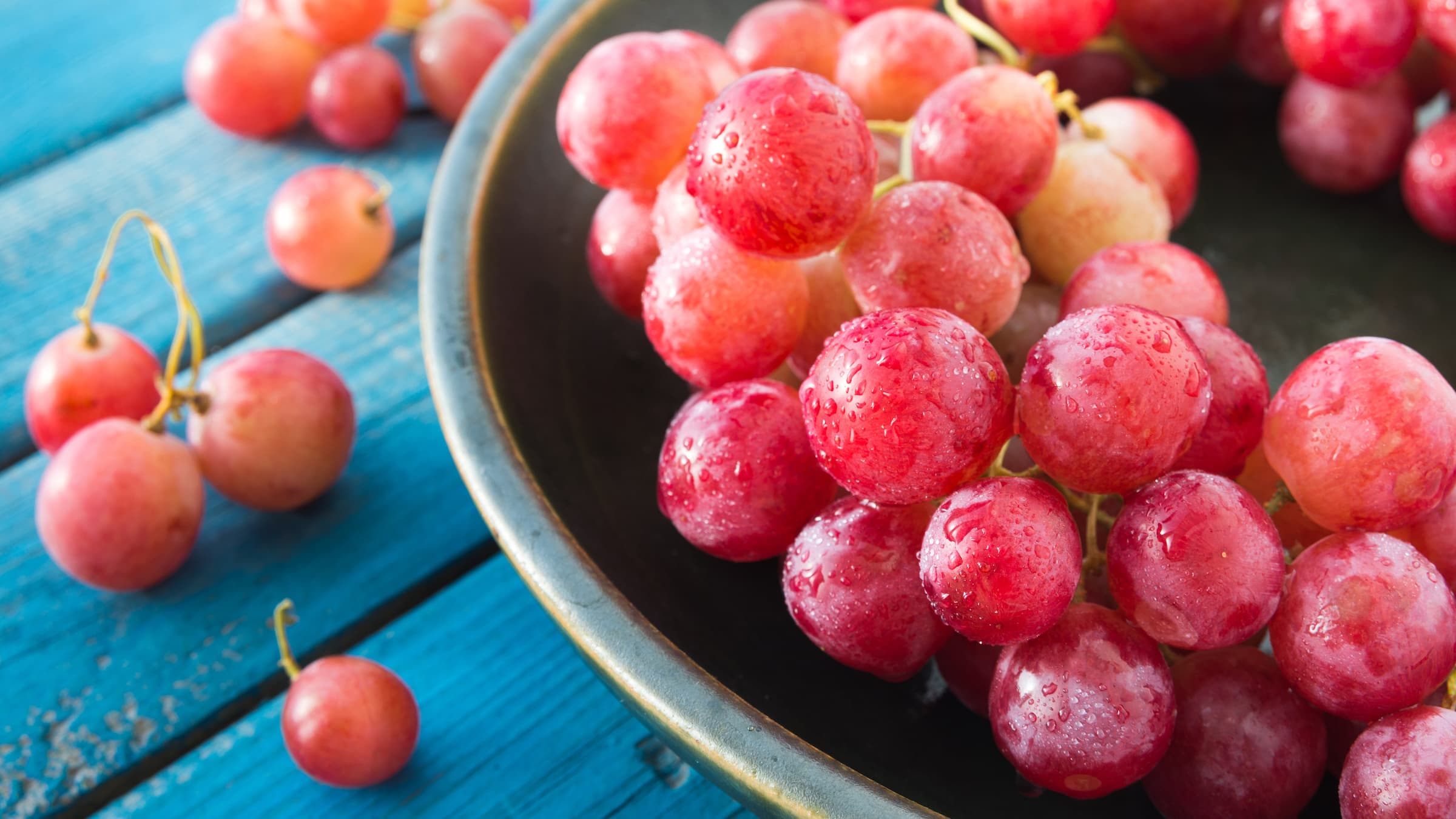When you’re heading to go to the grocery store, it can sometimes be overwhelming to plan for all the meals and specific items that you’ll need that week. But with some easy planning and preparing, these shopping trips can be so much easier! It can be helpful to set aside a certain day and time each week to go shopping, so that these trips feel organized and structured – especially if you are someone who likes to prepare meals.
Prepare Before Shopping
At Noom, we emphasize the importance of planning ahead.
With meal prepping, it can be particularly helpful to sit down and plan out your meals for the week. Then, check out your freezer, refrigerator, and pantry to see what you have available and what you need to purchase. Some Noomers have found success with meal prepping each week and creating a plan for the same meal for their family. Another option is to create crockpot meals and use those leftovers for another meal later on in the week or even freeze the leftovers.
Think about what will work for you and your routine to make healthy choices! Doing this weekly and keeping your pantry staples updated is beneficial to staying on track with healthy eating. This meal planning guide can be a great jumping-off point to create a weekly structure and plan out each meal for the week.
Make a List & Stay Organized
When you have a realistic meal plan created, the next step is to sit down and make a list for your shopping needs. Dividing your grocery list by food item and organizing it by section in your local grocery store can help save time and effort. (Check out our example below!) Purchasing foods that are in season or purchasing items in bulk can help you cut costs and stay within your grocery store budget. It may be worth the investment to join a local club store such as Costco or Sam’s Club to capitalize on the deals and promotions available. Consider your and your family’s needs and do some research on options within your area to determine what is best for you.
When embarking on your grocery shopping, be sure to bring your healthy grocery list and stick to it as you choose items. Try to stay focused and on track while shopping. Being knowledgeable about Nutrition Facts and reading those labels as you shop is another helpful strategy to decode the meaning of each food item.
A low calorie grocery list
- Meat, poultry, fish
- Grains, pasta, legumes, nuts, and rice
- Oils, sauces, dressings, spices, and condiments
- Dairy, cheese, and eggs
- Dairy-free options
- Fruit
- Vegetables
- Drinks
Ready to create your healthy grocery list? Great! Use our sample list below to spark some ideas and get your healthy grocery shopping started:
1. Meat, Poultry, and Fish
When choosing healthy meat options be sure to look for the lean cuts, choose skinless, and pick the fresh option over any processed meat.
Examples:
- Canned salmon or tuna
- Boneless skinless chicken breast,
- Lean, ground turkey
- Lean cuts of beef
- Fresh salmon
2. Grains, Pasta, Legumes, Nuts, and Rice
When choosing grains, it is recommended to always choose the whole grain option over refined or enriched grains. Avoid those less nutritious options of white bread or rice when making your healthy grocery list! Examples:
Real results with a personalized weight loss program
Take the quiz!

- Brown or wild rice
- Whole wheat or whole grain pasta
- Quinoa, barley, or other whole grains
- Rolled or steel-cut oats
- Dried or canned beans: chickpeas, garbanzo, black, and kidney. Choose the low- or no-sodium option!
- Whole wheat tortillas
- Whole wheat bagels
- Whole wheat or whole grain bread
- Whole wheat pita bread
- Nuts: almonds, cashews, pistachios, walnuts
- Chickpeas
- Seeds: sunflower, chia, flax, pumpkin, sesame
- Edamame
- Brown rice
3. Oils, Sauces, Dressings, Spices, and Condiments
Choose these items to add flavor and keep them as staples for your nutritious pantry. When choosing oils, it is recommended to choose those that have healthy fats such as monounsaturated and polyunsaturated fats. Check out this article for further insight on choosing adequate cooking oils. Examples:
- Fresh herbs to add flavor: parsley, basil, cilantro
- Garlic
- Peanut or almond butter
- Oils: avocado oil, coconut oil
- Vinegars: Apple cider vinegar, balsamic, red and white wine, rice wine
- Honey
- Salsa
- Paprika (regular and smoked)
- Hummus
- Soy sauce or tamari (wheat-free soy sauce)
- Spices: turmeric, ginger, cinnamon, safe, red pepper flakes, paprika, curry powder
- Sea salt
- Ginger
- Miso paste
- Red pepper flakes
- Nutmeg
4. Dairy, Cheese, and Eggs
When choosing these food items, be sure to go for the fat-free and low fat options to build your healthy grocery list.
- Skim or low-fat milk
- Fat-free or low-fat greek yogurt
- Eggs: choose pasture raised if available. Choose eggs or egg whites.
- Feta cheese
- Low-fat butter from pasture-raised cows
5. Dairy-Free Options
If you are lactose intolerant or choose to be dairy free, there are other options as well when shopping for healthy foods.
- Soymilk, cashew milk, almond milk, rice milk, or coconut milk
- Dairy-free yogurt
- Dairy-free cheese
- Tofu
6. Fruit
Dried fruits, canned fruits, fresh fruits, frozen fruits – so many options! When choosing dried or canned fruits, make sure to pay attention to added sugars. Frozen fruits typically contain the same amount of nutrients as fresh fruits and last longer while being more cost effective. Try experimenting with many different varieties and colors of fruits to ensure you are getting the nutrients your body needs. Some ideas to get your shopping started:
- Avocados
- Apples
- Citrus fruits such as lemons and limes
- Grapes
- Bananas
- Pineapple
- Berries
- Mango
- Papaya
- Star fruit
- Oranges
- Apricots
- Cranberries
7. Vegetables
Try different vegetables and consume them in different ways to add variety and flavor. Checking out your local farmer’s market for fresh and in-season vegetables is a great way to support your community and stay healthy. Experiment with new vegetables that you have never tried before! Here are some fresh ideas from some Noom coaches. Examples:
- Sweet potatoes
- Baby spinach
- Kale
- Broccoli
- Zucchini
- Bell peppers
- Arugula
- Cabbage
- Onions
- Carrots
- Celery
- Salad greens
- Peas
- Corn
- Mushrooms
- Turnips
- Asparagus
- Lentils
- Green beans
- Cauliflower
- Beets
- Tomatoes
- Eggplant
8. Drinks
The best options for healthy drinks are water, low-fat or fat-free milk, teas, and servings of natural 100% juice in moderation as you shop. Add some citrus fruits to your water to for a kick of extra flavor and nutrients. Examples:
- Unsweetened green and flavored teas
- Unsweetened iced tea
- If choosing alcoholic beverages, try red wine!
- Fat-free or low-fat milk
- Coffee
- Orange juice: when choosing juices, be sure to note the sugar intake and limit your servings
9. Snacks
The best snack foods are ones you’ll actually eat.
A good rule-of-thumb when choosing is a snack is to look for whole foods with low calorie density. This means foods that have a lower amount of calories per weight when compared with other foods.
We recommend:
- Whole-grain crackers
- Popcorn
- Dark chocolate
- Nut butters
- Whole fruit
- Snacking veggies (think: baby carrots and celery)
- Olives
We hope this healthy grocery list sparks some ideas as you embark on your nutritious shopping! Be sure to take the time to personalize it and choose what fits with your individualized needs or the needs of your household when shopping.
Discovering that balance with your grocery shopping is key to success – and can help you avoid those temptations of the unprocessed or unhealthy foods in the aisles. Be sure to not go to the grocery store hungry, as this can add to that temptation.
Looking for some extra support? Try a two-week trial of Noom today. We can help give you the guidance you need to make a personalized meal plan, keep your grocery shopping healthy, and consume healthy foods that carry you forward on your weight loss journey!



